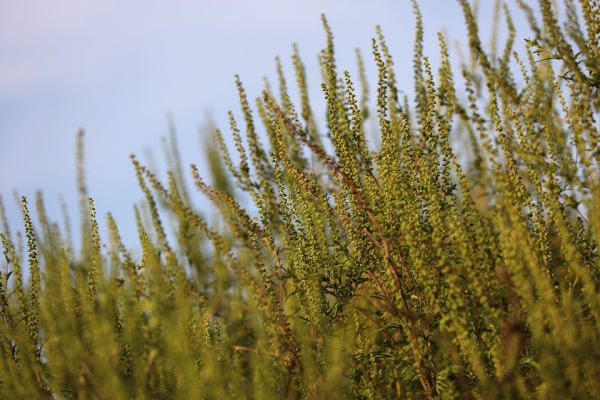For millions of people with seasonal allergies, springtime means runny noses, excessive sneezes and itchy eyes. And, as with many things, climate change appears to be making allergy season even worse. Researchers reporting in ACS Earth and Space Chemistry have shown that common allergen-producing plants ryegrass and ragweed emit more smaller, “subpollen particles” (SPPs) than once thought, yet climate would likely be most affected by their intact pollen grains, which can boost cloud formation.
In addition to annoying sinuses, pollen naturally functions as a way for plants to exchange genetic material and reproduce. When exposed to moisture, these pollen grains can burst into tiny SPPs less than a micron long. Their smaller size allows them to reach the lower respiratory system, where they can last longer and cause more inflammation than their larger counterparts. Both SPPs and whole pollen grains are also thought to act as ice nucleation sites — miniature starting points for clouds. But compared to regular clouds, SPPs and pollen form smaller, more numerous clouds that tend to hold onto their precipitation, helping trap in radiant heat and contributing to climate change. In turn, higher temperatures can extend pollen-release periods, further exacerbating the problem. Previously, Brianna Matthews, Alyssa Alsante and Sarah Brooks studied how oak trees emit SPPs at different humidity levels. But this time, the team wanted to investigate how two other common allergen-producing plants, ragweed and ryegrass, release SPPs under humid conditions, and how those particles could affect ice cloud formation.
The researchers collected samples of ryegrass and ragweed, then placed them into a specialized “pollen chamber.” There, the samples were exposed to different humidity levels and bursts of wind over several hours to simulate real-world conditions.
Read more at American Chemical Society
Photo Credit: GoranH via Pixabay


